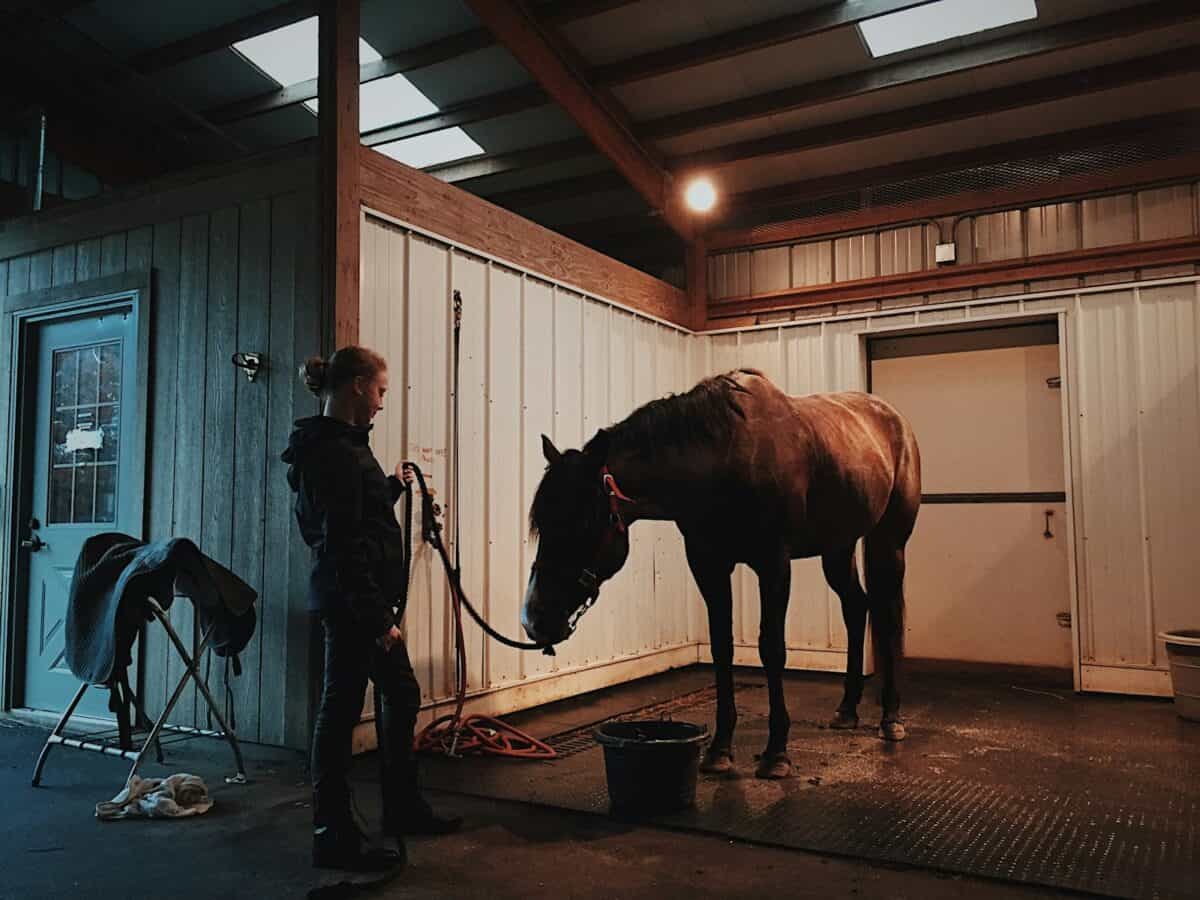Extreme weather conditions can pose significant challenges to the well-being of your horse. As a caring owner, understanding the signs that indicate your horse is struggling is crucial for ensuring their health and safety. From subtle changes in behavior to visible physical symptoms, knowing what to look for can make all the difference. In this article, we delve into 15 signs that your horse may be having a tough time coping with extreme weather conditions. Equipped with this knowledge, you can take proactive steps to keep your equine friend comfortable and safe, whatever the weather may bring.
15. Decreased Appetite
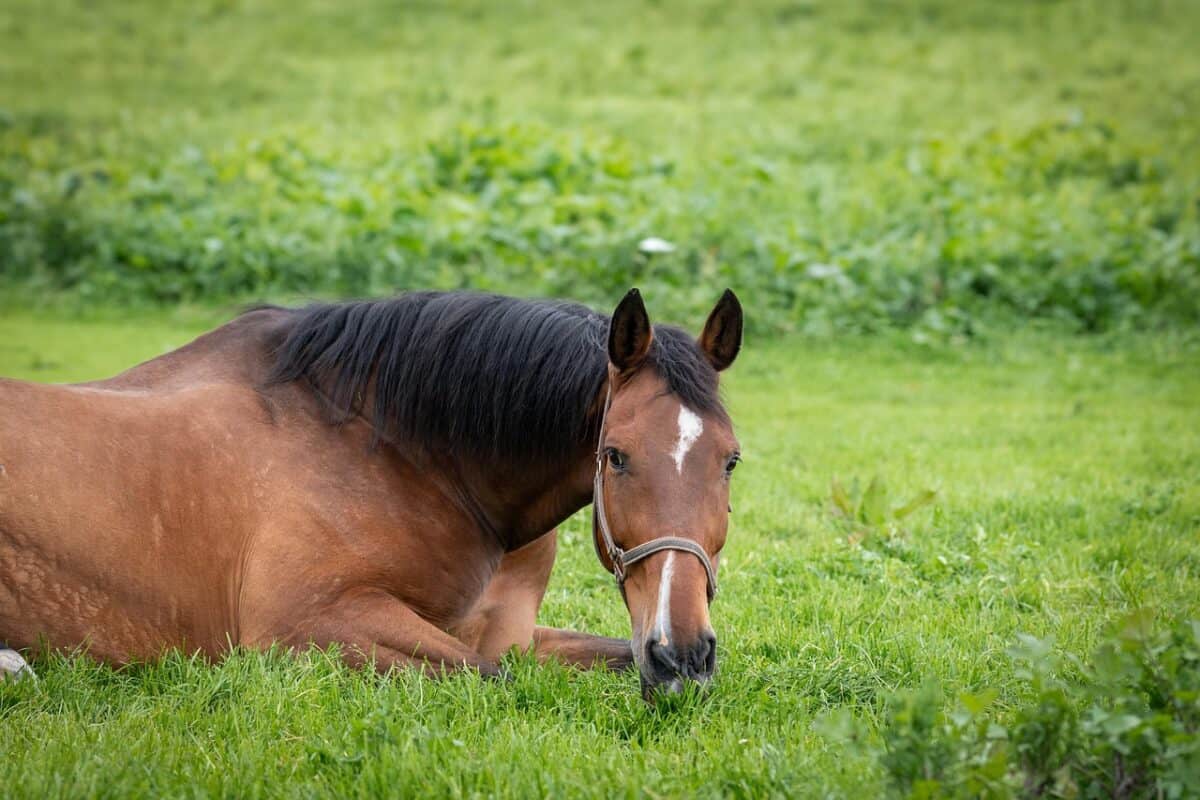
A noticeable decline in your horse’s appetite can be an early warning sign that they’re struggling with extreme temperatures. Both excessive heat and cold can diminish a horse’s desire to eat, which can, in turn, affect their overall health. In hot weather, horses may drink more but eat less to avoid generating internal heat from digestion. Conversely, in cold weather, they might not feel inclined to eat enough to generate necessary body heat.
14. Increased Lethargy
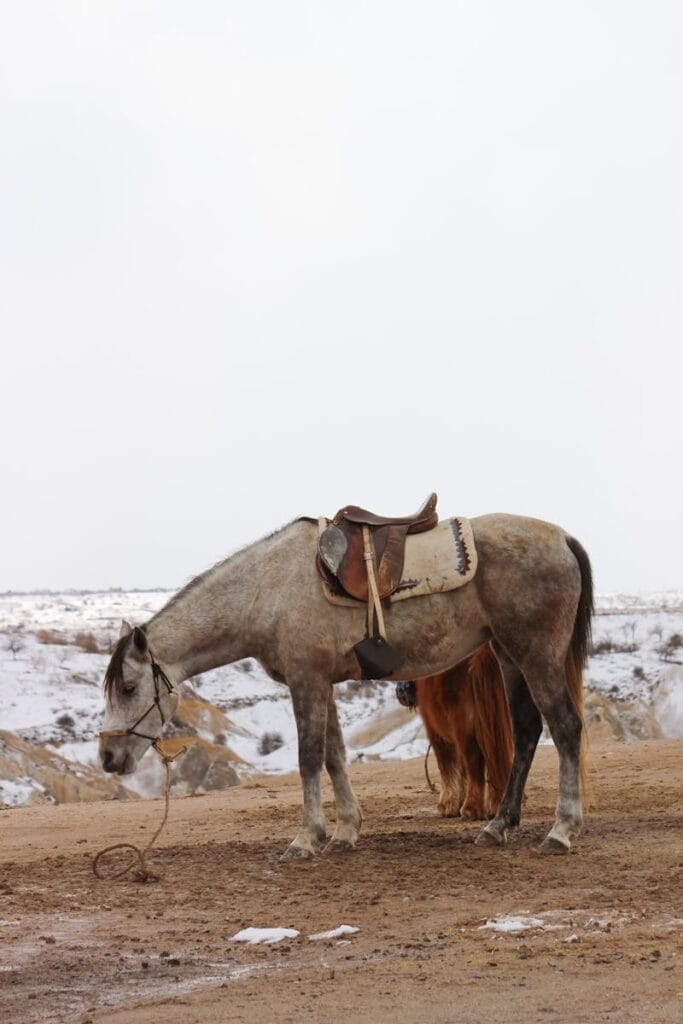
Horses that exhibit unusual tiredness or lethargy might be unable to cope with harsh weather conditions. Extremely hot or cold temperatures can sap a horse’s energy, leading to a decrease in activity levels. If your normally vibrant horse seems unusually sluggish, it’s essential to consider whether the weather might be taking its toll.
13. Unusual Sweating
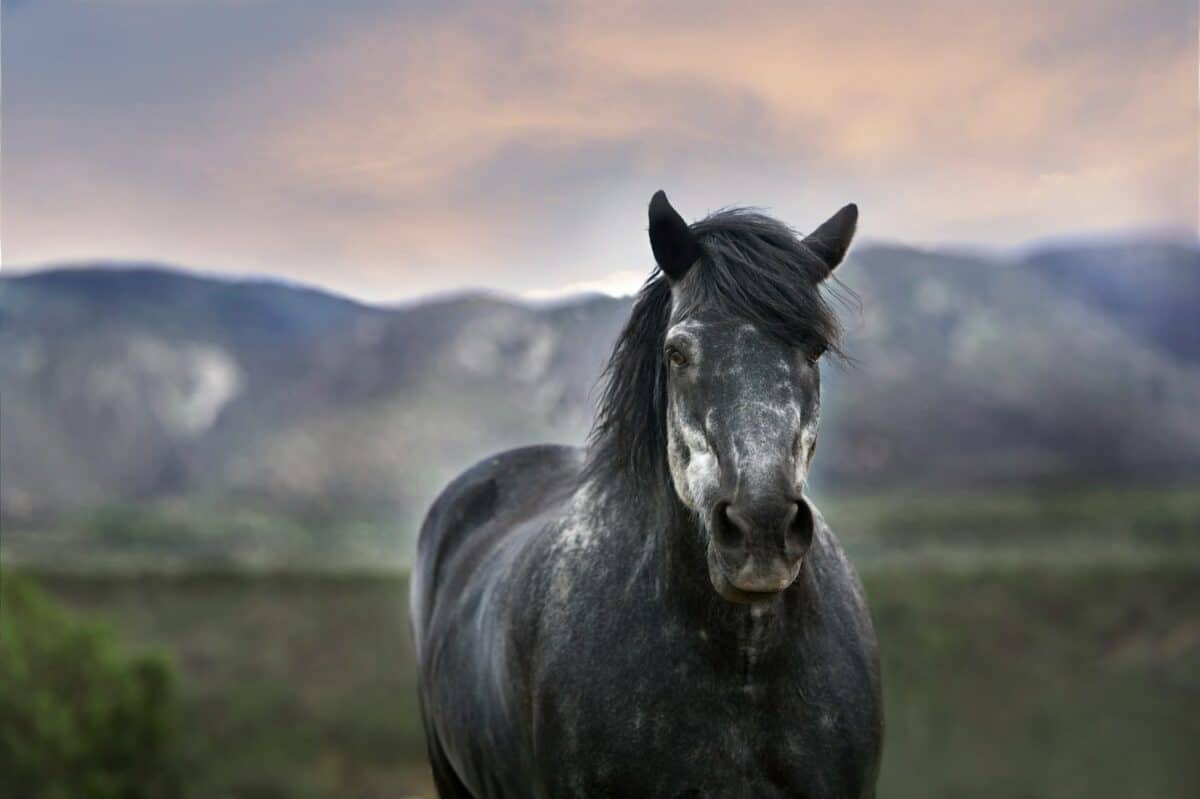
Sweating is a natural part of a horse’s cooling system. However, excessive sweating during cold months or insufficient sweating during hot weather can indicate a problem. Monitoring for unusual sweating patterns is critical for identifying how extreme weather might be affecting your horse. A condition known as anhidrosis, where a horse fails to sweat properly, can be life-threatening if not addressed.
12. Breathing Irregularities
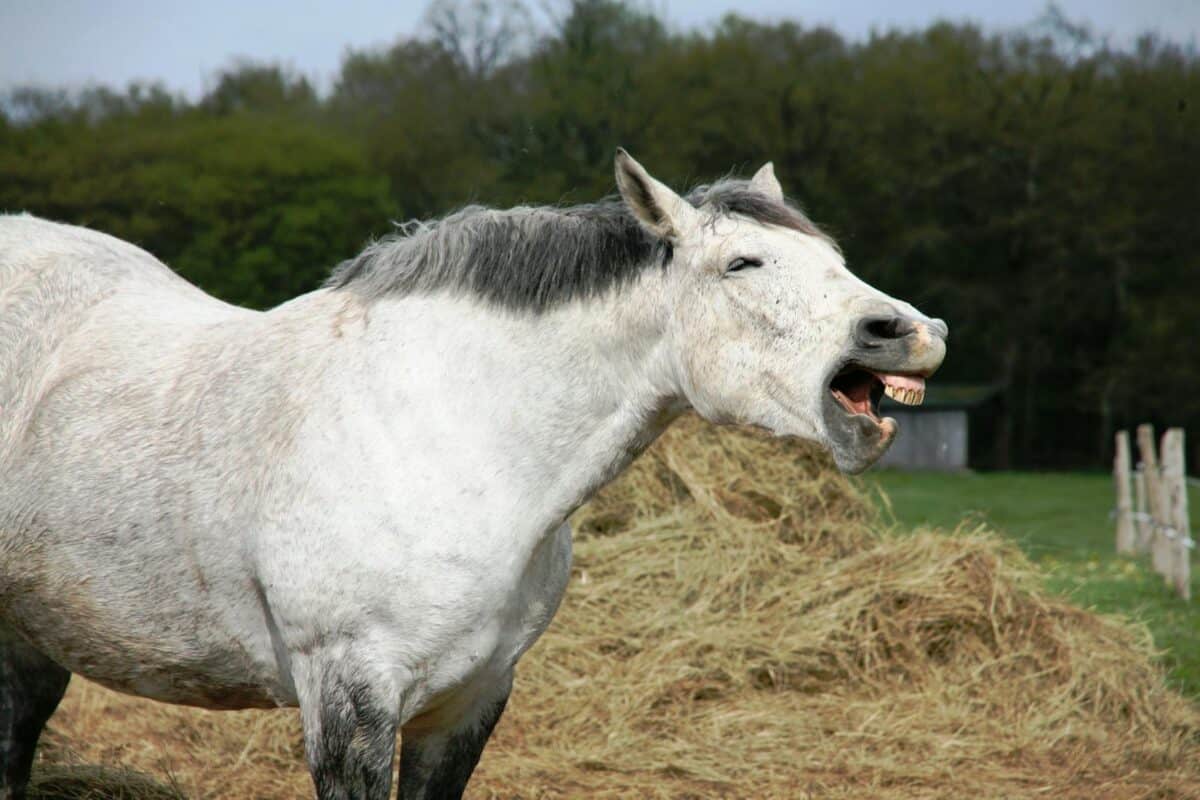
Changes in a horse’s breathing pattern can be a red flag. Rapid or labored breathing, particularly during hot weather, suggests the horse may be struggling to cool down. Conversely, shallow breathing in cold weather might indicate respiratory issues due to the frigid air, particularly if the horse is already weakened by the cold.
11. Changes in Water Consumption
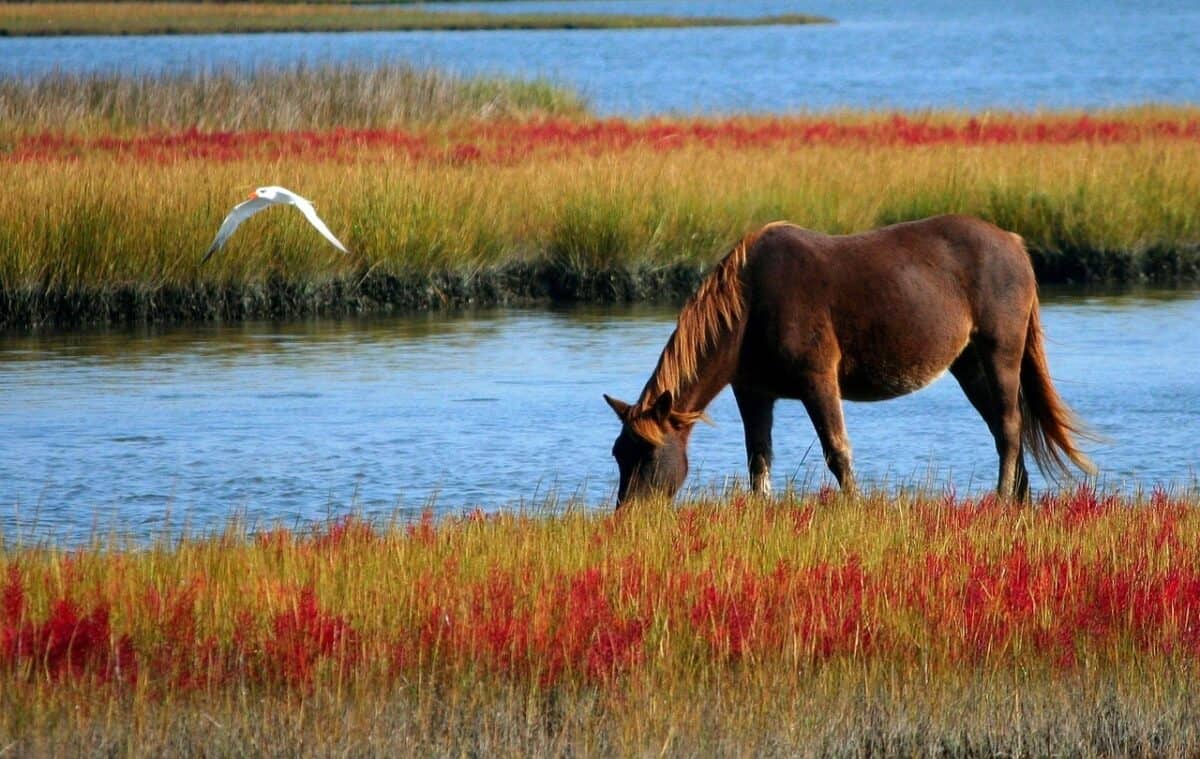
Extreme weather can dramatically influence a horse’s water intake. During hotter months, horses require more water to stay hydrated, while cold weather may reduce their desire to drink unless water temperatures are comfortably moderate. Monitoring your horse’s drinking habits is essential; both dehydration and overhydration can be hazardous.
10. Reluctance to Move
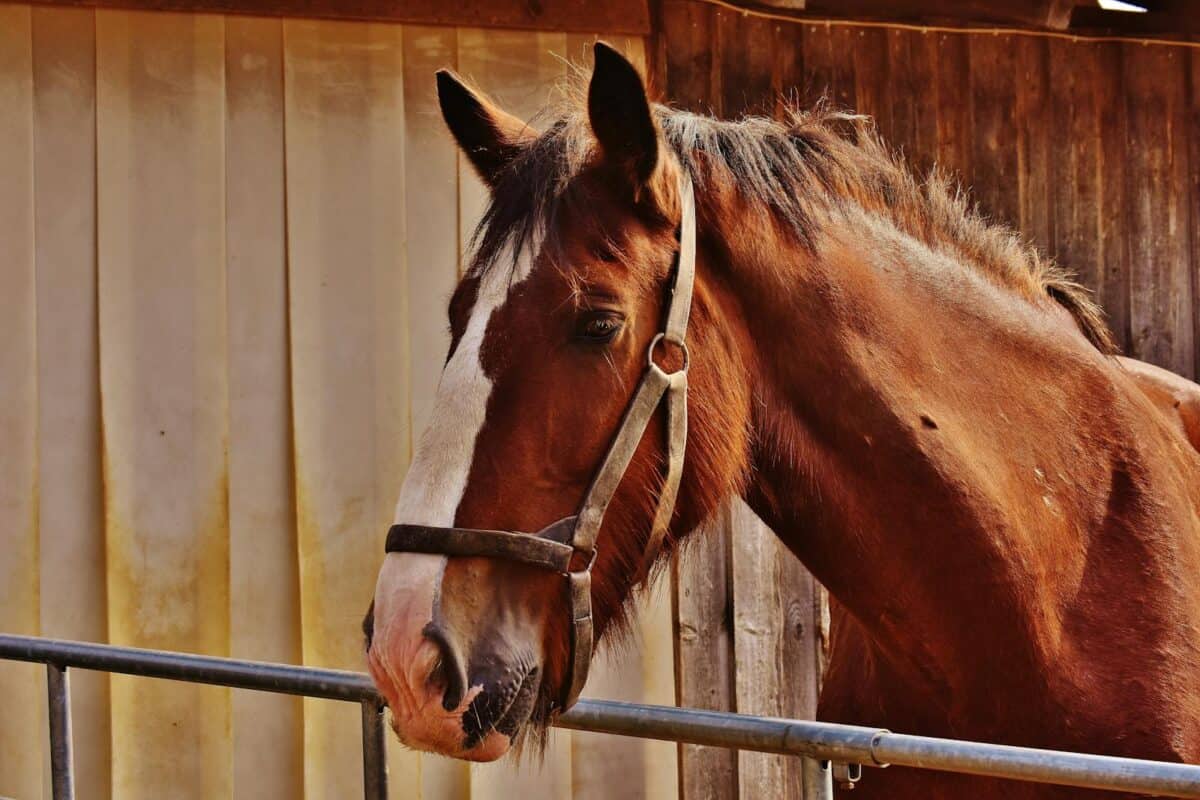
If your horse appears reluctant to move or exhibits stiffness, it may be due to weather-induced discomfort. In colder climates, joints can become stiff, reducing mobility. On the other hand, if the ground is too hot during warm weather, your horse might avoid moving to prevent burning their hooves.
9. Dry or Cracked Hooves
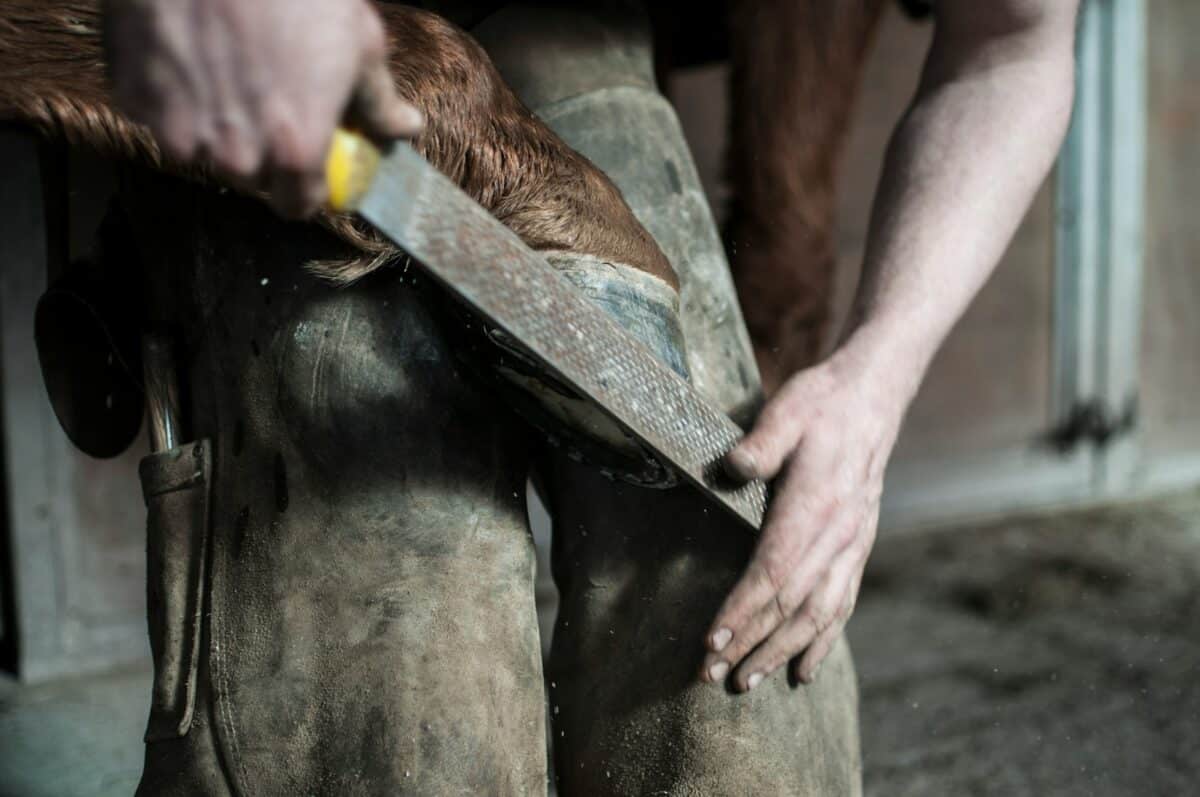
Proper hoof care is always essential, but extreme weather can exacerbate hoof issues. Hot, dry conditions can lead to brittle and cracked hooves, while excessive moisture from snow or rain can cause softening and increase the risk of infections. Regular hoof inspections during extreme weather are vital to prevent long-term damage.
8. Shivering
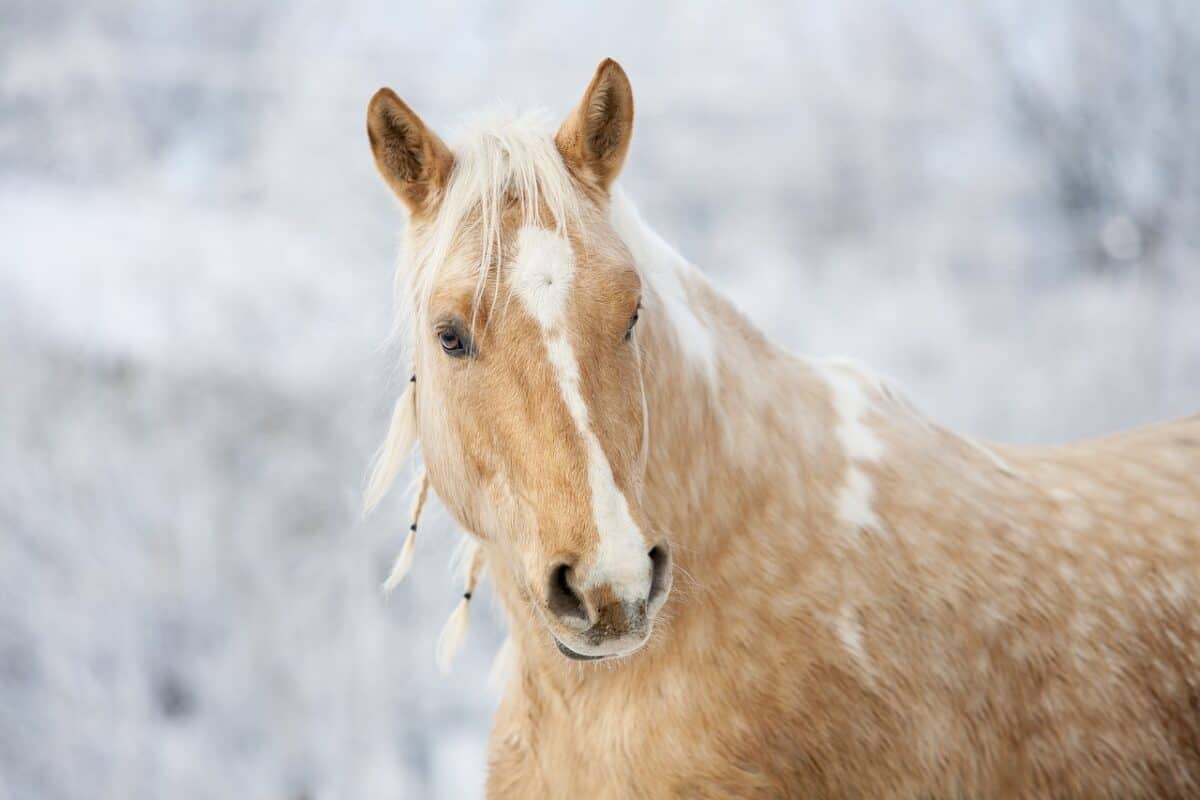
Shivering is a clear sign that a horse is too cold; it occurs as the horse’s body attempts to generate heat through muscle activity. While some shivering can be normal, prolonged shivering is a cause for concern, suggesting the horse is unable to maintain body heat in cold temperatures.
7. Changes in Coat Condition
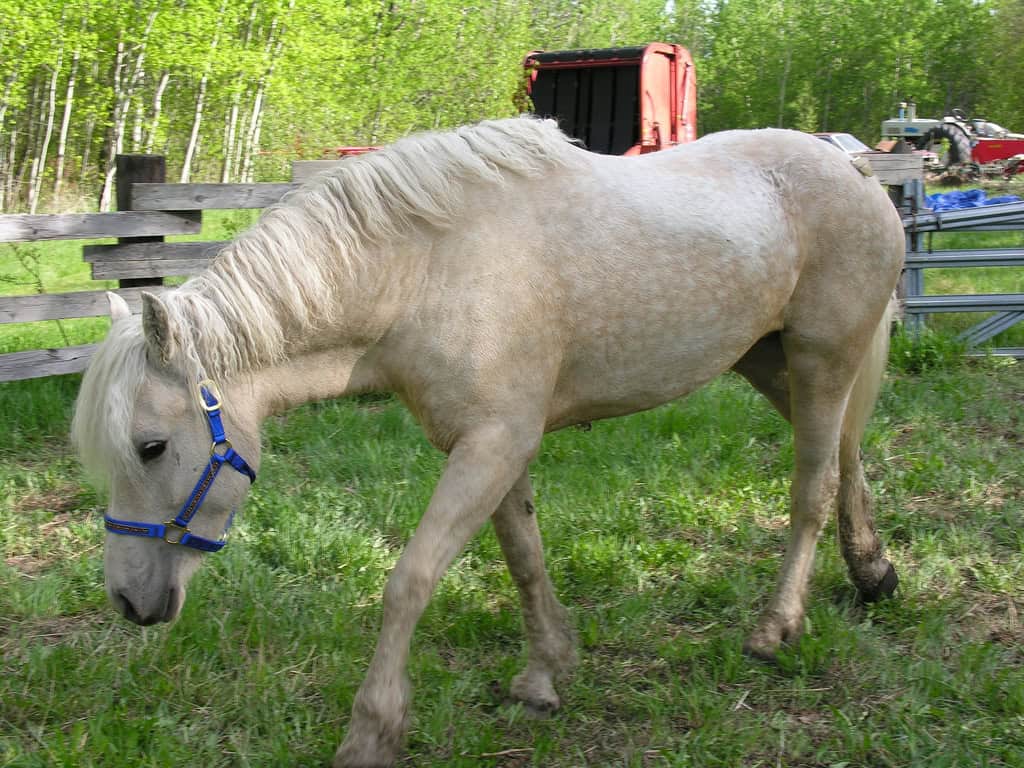
Your horse’s coat condition can also provide clues about their struggle with extreme weather. A dull or rough coat can indicate a lack of proper nutrition or dehydration, which might be a direct result of unmanageable weather conditions. Regular grooming helps to monitor the health of their coat.
6. Social Withdrawal
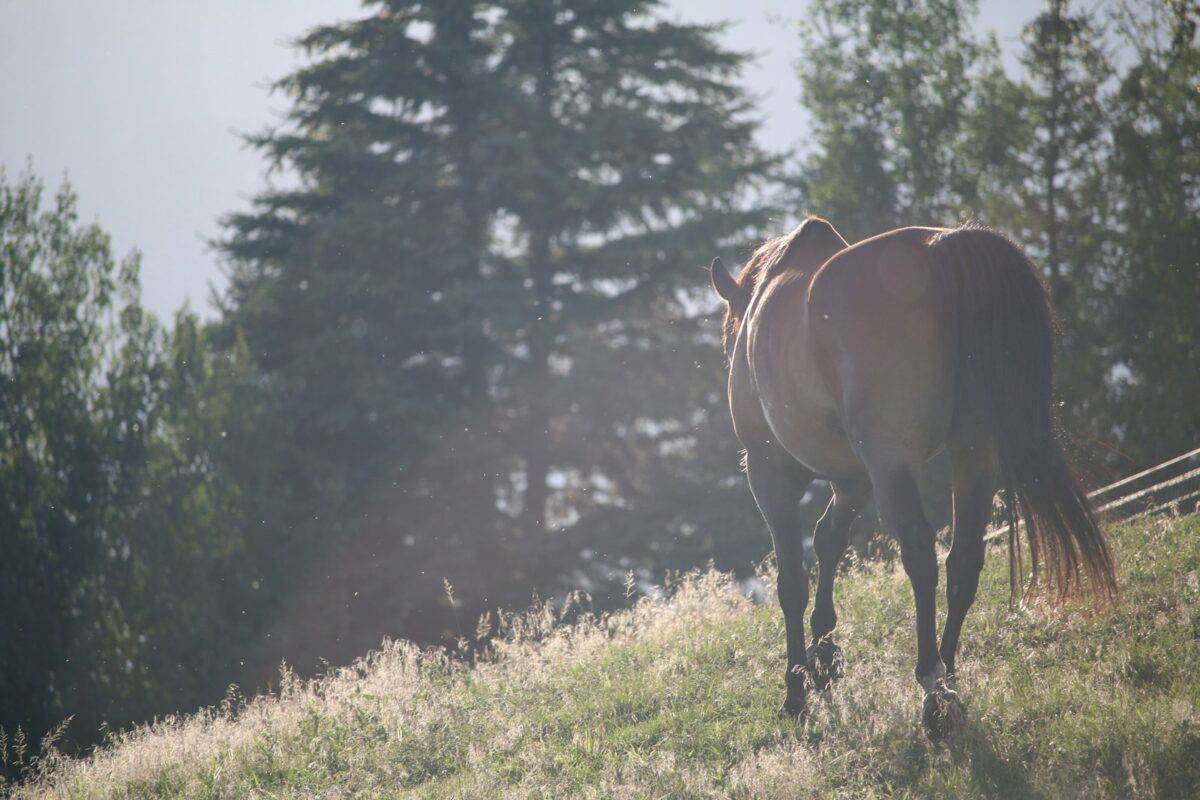
Horses are social animals, and withdrawal from their companions can be a signal of distress. Extreme temperatures might make them less inclined to socialize due to discomfort or decreased energy levels. Observing changes in social behavior can offer insights into their physical well-being.
5. Frequent Lying Down
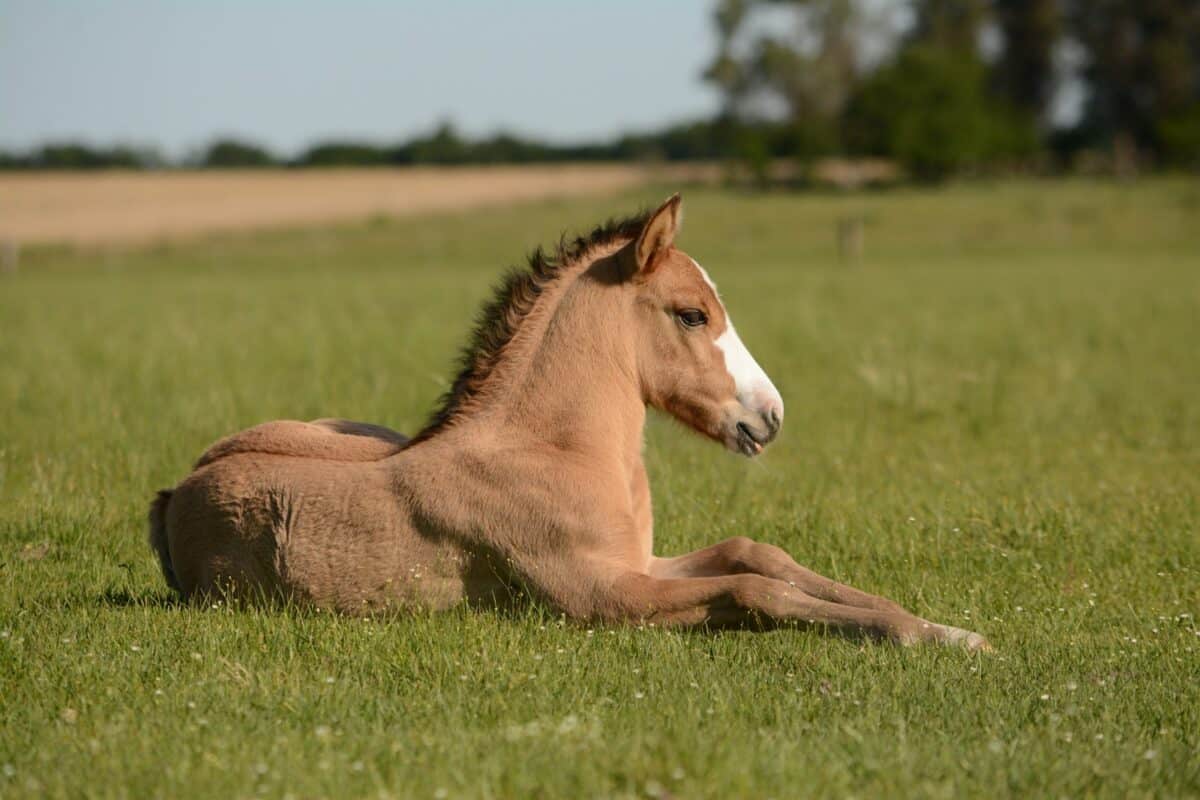
While horses do lie down to rest, frequent, prolonged lying could indicate they’re experiencing discomfort. In extreme weather, lying down might be an attempt to conserve energy or escape harsh conditions. This behavior warrants a closer examination of temperature factors.
4. Increased Respiration Rate
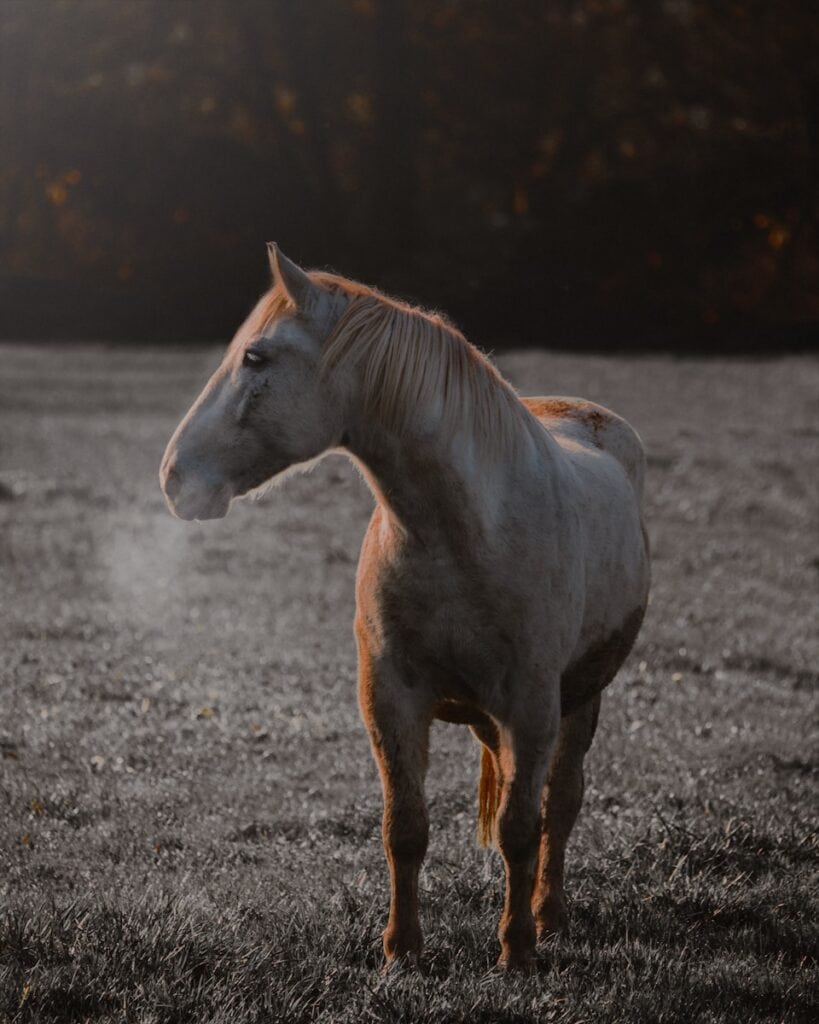
An increased respiration rate means your horse is trying harder to regulate its body temperature. In hot weather, rapid breathing helps dissipate heat, while in cold weather, it could indicate strain from frigid air. Monitoring their breathing is key in ensuring their comfort.
3. Loss of Condition
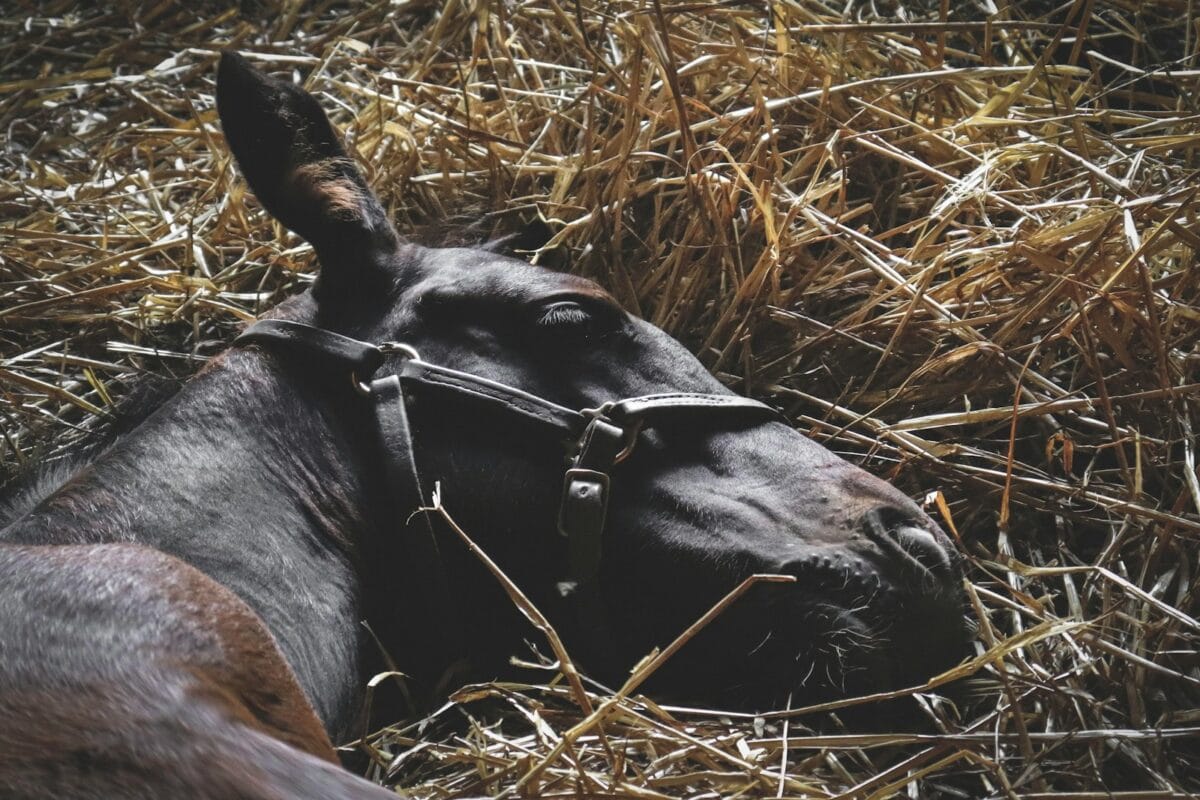
Extreme weather can lead to a loss of muscle tone and weight. In hot conditions, this may result from a decreased appetite and overexertion, whereas in cold conditions, caloric needs increase to generate body heat. Ensuring a balanced diet and adequate shelter can help maintain condition.
2. Behavioural Changes
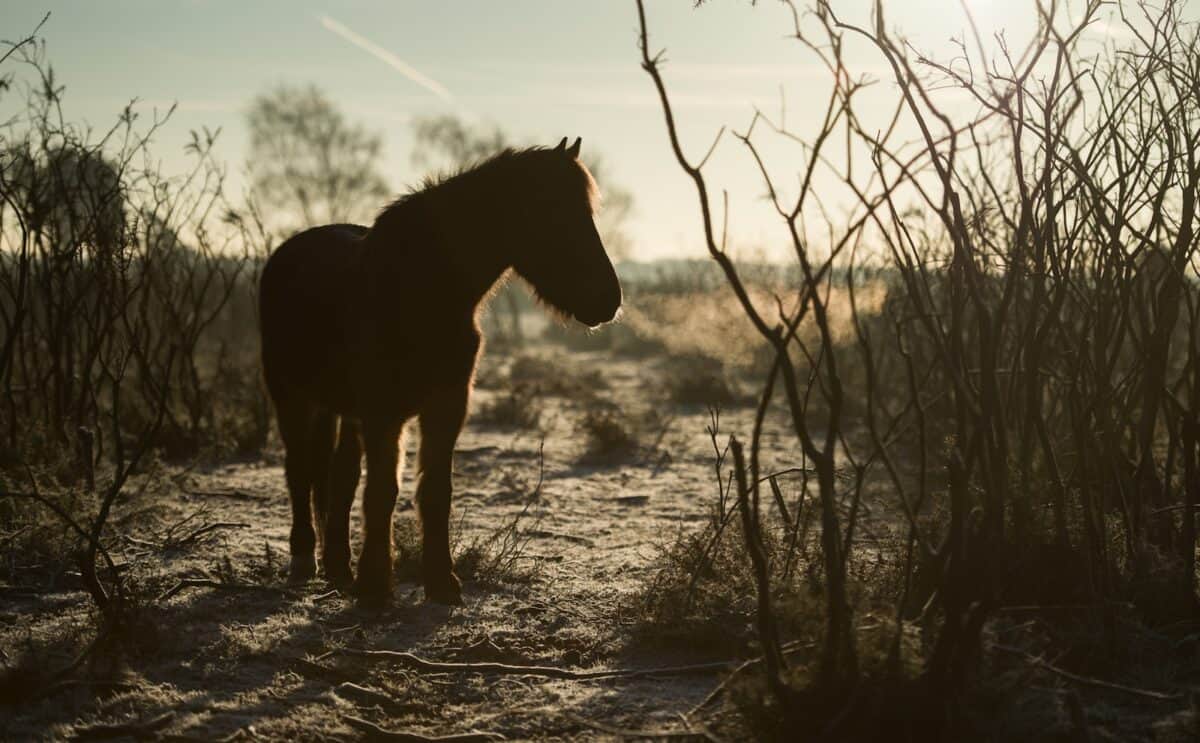
Sudden changes in behavior could indicate your horse is stressed by the weather. These changes can manifest as increased irritability or unusual calmness. Understanding these mood shifts requires careful observation of environmental conditions and your horse’s usual temperament.
1. Visible Signs of Stress
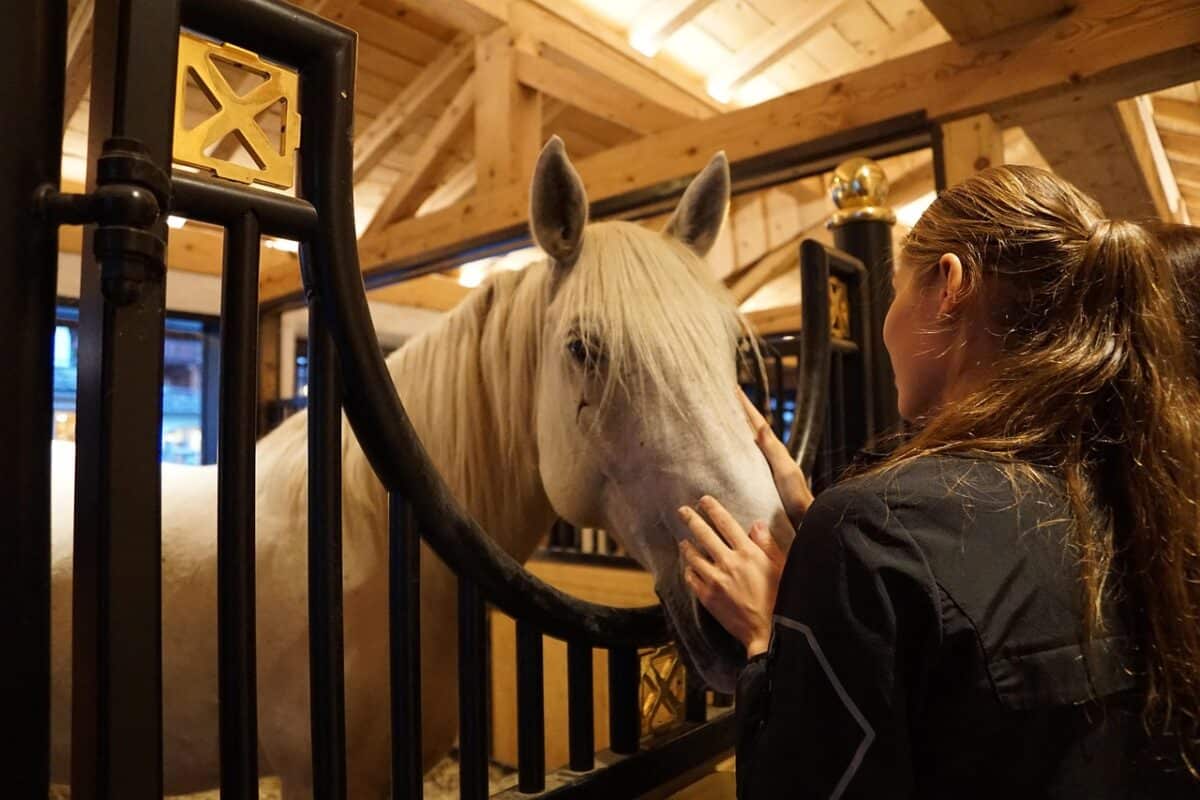
Visible signs like pinned ears, nervous pacing, or swishing tails often indicate stress. During extreme weather, these are common as horses struggle to communicate their discomfort. Addressing the environmental causes of stress helps improve their well-being.
In conclusion, recognizing the signs that suggest your horse is struggling with extreme weather is crucial for their overall health and happiness. By staying vigilant and responsive to these indicators, you can ensure that your horse remains comfortable, safe, and healthy regardless of the climate changes. Taking proactive measures, such as adjusting their diet, inspecting their hooves, and providing appropriate shelter, can significantly impact their ability to cope with harsh weather. Remember, a well-monitored horse is a happy horse, and your attentive care is the key to their resilience in the face of extreme weather challenges.
- 15 Signs Your Horse Is Struggling with Extreme Weather - August 9, 2025
- 10 Species Once Thought Extinct That Made a Comeback - August 9, 2025
- 11 Incredible Animals Found Only in the Pacific Islands - August 9, 2025

